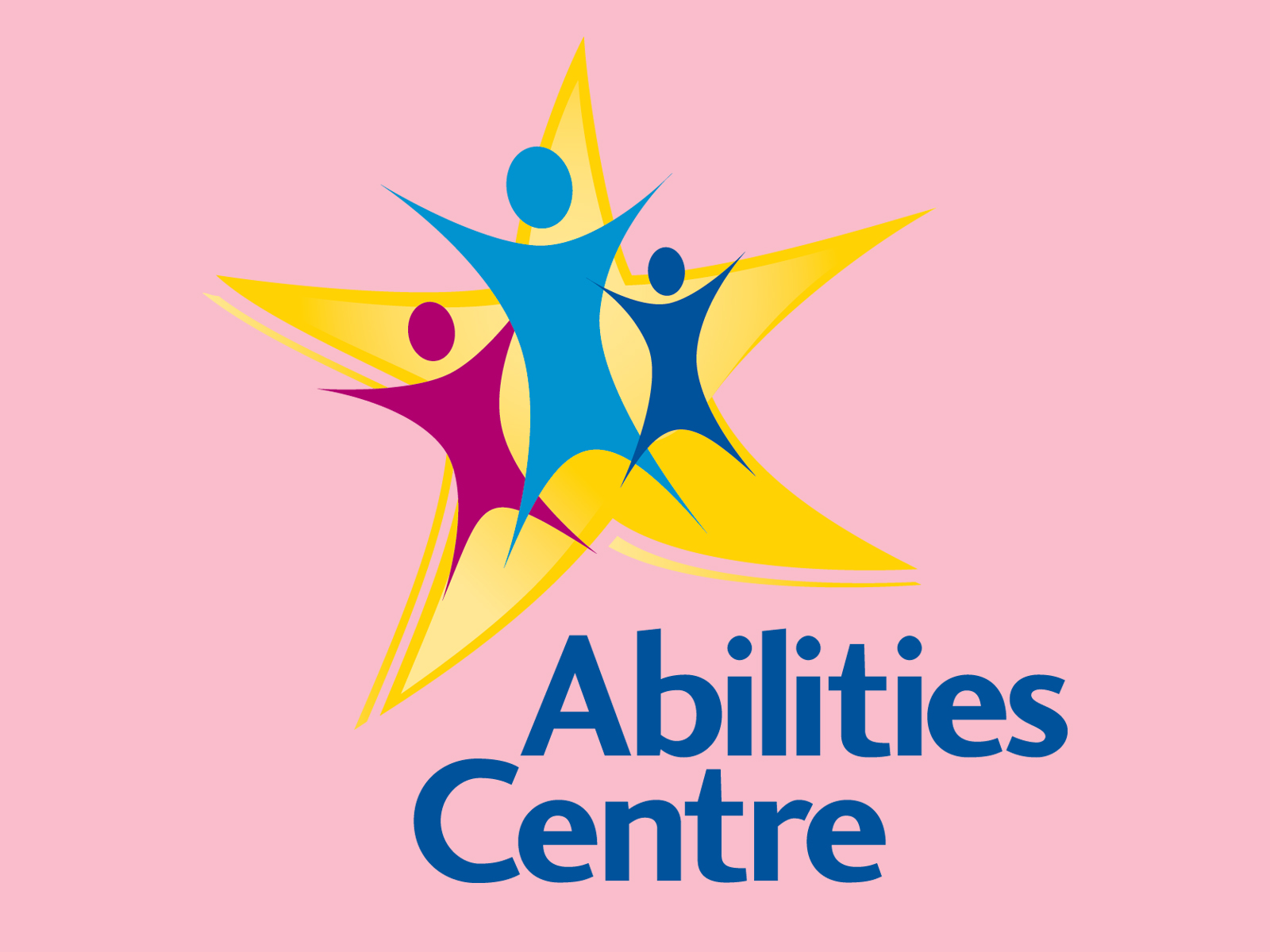By Andrea van Vugt
Over one million Canadians with disabilities live in poverty. If implemented, this new benefit will work in the same manner as the Guaranteed Income Supplement and the Canadian Child Benefit.
With Prime Minister Trudeau back at the helm, it’s likely that the Canada Disability Benefit, proposed before the summer recess of Parliament, will be back on the agenda soon. It’s critical that it moves swiftly through both chambers—and with all-party support.
After all, disability is not a partisan issue, but affects all kinds of Canadians clear across the country, whatever their viewpoints. Good federal disability policy that is driven by public interest could make all the difference between a life lived in perpetual poverty or a life with opportunities.
In my late teens I was diagnosed with epilepsy. There was no known cause for the sudden onset of my severe seizures. It was a scary time. Suddenly I wasn’t able to drive or go to work. I couldn’t even cross the street for fear of having a seizure.
After many tests and medication trials, I received a long-term disability diagnosis from my neurologist. I began to receive long-term disability benefits from my employer, and eventually, I received Canada Pension Plan Disability benefits (CPPD) as well.
When you rely on government disability benefits, you live in poverty.
The lowest amount of money that I received in benefits was $1,100/month and the highest amount of money I received was $1,340/month. At that time, my total benefit income was $160/month less than full-time income based on minimum wage and $360/month less than Alberta’s cut-off for what is considered low income. Many disabled people continue to collect less than my allotted benefits.
I tried to return to work but I had seizures on the job. My employer stated that my attendance at the workplace was a liability, so I returned to my stay-at-home lifestyle and collected disability benefits. My disability benefits enabled me to pay for shared accommodation, food, medication, communication, clothing and personal hygiene products. Thankfully, I qualified for a low-income bus pass from the city that enabled my transportation.
What my disability benefits did not cover was making positive change in my life. Not only was I unable to go to work, but my benefits also limited my ability to pursue education and alternative employment.
The risk of losing my benefits was always hanging over me. I needed that money to survive, and it’s hard to apply for jobs when you’re disabled. Organizations aren’t willing to accommodate the disability of a person they’ve just met. They want proof you’re worth their resources. Although I don’t need to disclose my disability right away, I usually do because I average 11 seizures a month. I like for people to know what to expect if I have a seizure.
In my mid-twenties I lowered the amount of medication I was taking. I had more seizures, but I was able to remember more words and think more clearly. It was a scary trade-off, but I was willing to take it. I started to set goals for my future. One of the goals I made was to upgrade my high school math. The cost of tuition, a textbook, and calculator was $370. That $370 was 28 per cent of my monthly disability benefits, so I saved up for several months to go back to school and take one class.
It’s been over a decade since I saved up for that math course. Throughout that time, I’ve gratefully accessed various Canadian social assistance benefits and programs. I’ve received CPPD disability benefits in order to partially pay for my basic necessities. I’ve used Health Canada services for access to hospitals and physicians and learned how to engage with society as a disabled person. I’ve utilized accessibility services when I took the risk to return to school full time. I cautiously utilized disability employment services to help me look for employment with an employer that was willing to accommodate my neurological disability.
It should not be so challenging to engage with society. It should not be such a risk to return to school. It should not be intimidating to seek employment as a disabled person, but it is. It’s tough, risky and demoralizing.
Rather than limiting people with disabilities, let’s ask the disability community what they need to succeed and engage in our society. Let’s give people the opportunity to live meaningful and fulfilling lives beyond the scope of basic necessities. Let’s make income equality a reality, rather than just a bold proposal.
Andrea van Vugt is a disability advocate from Calgary, Alberta and she is working towards a master’s degree in community development.














